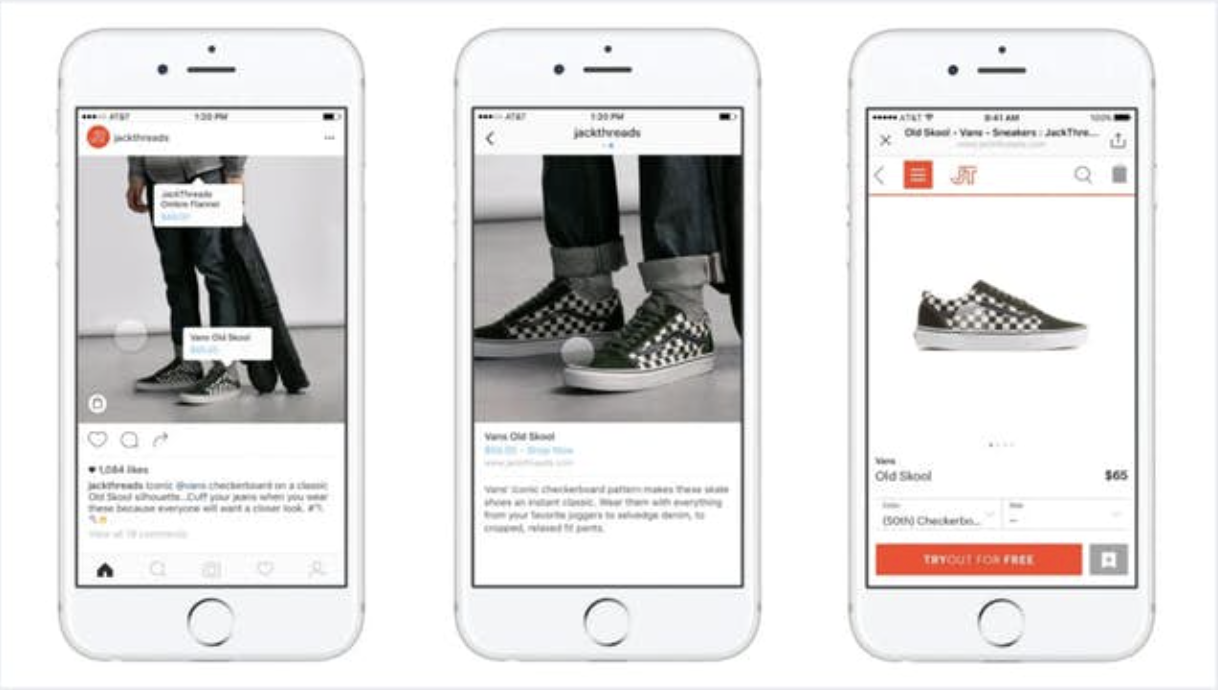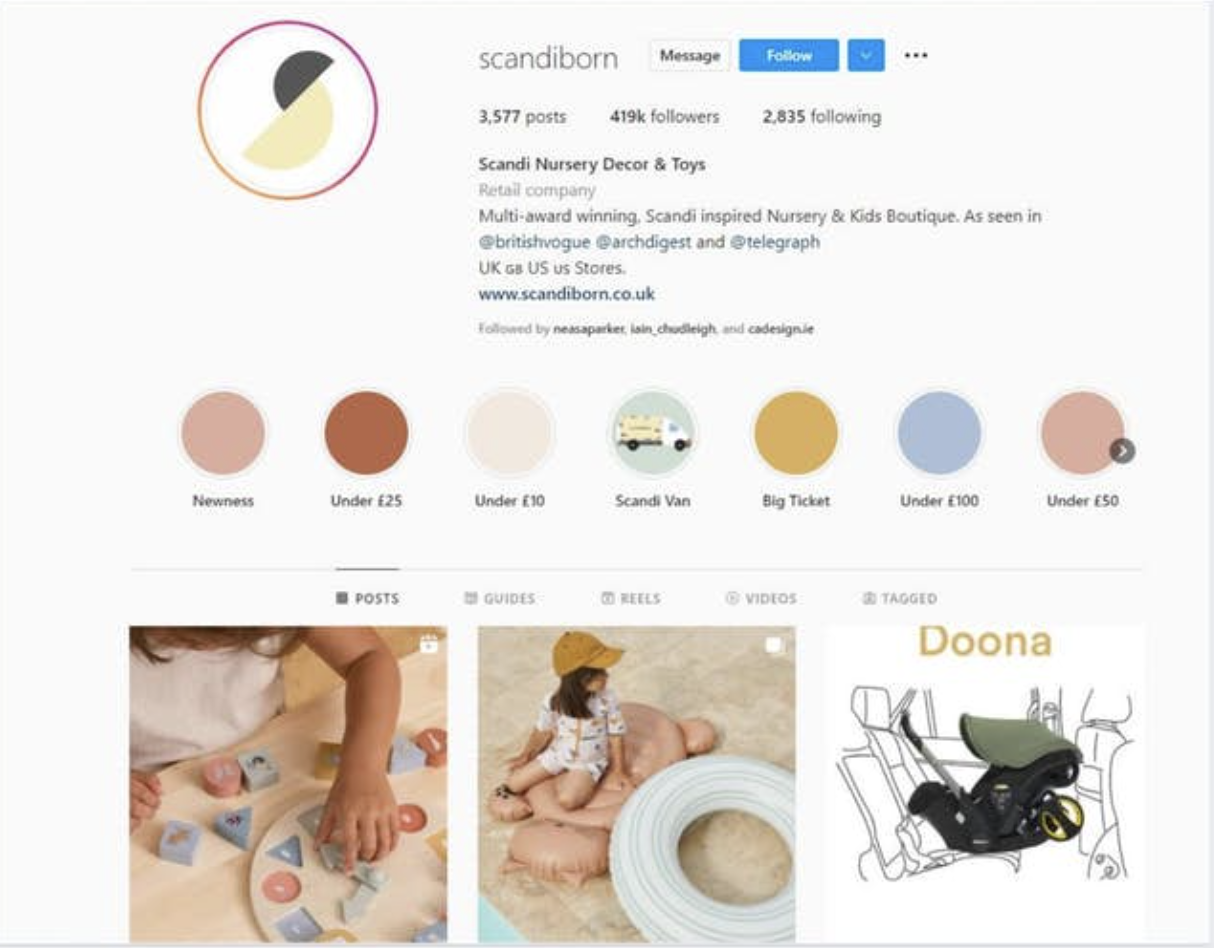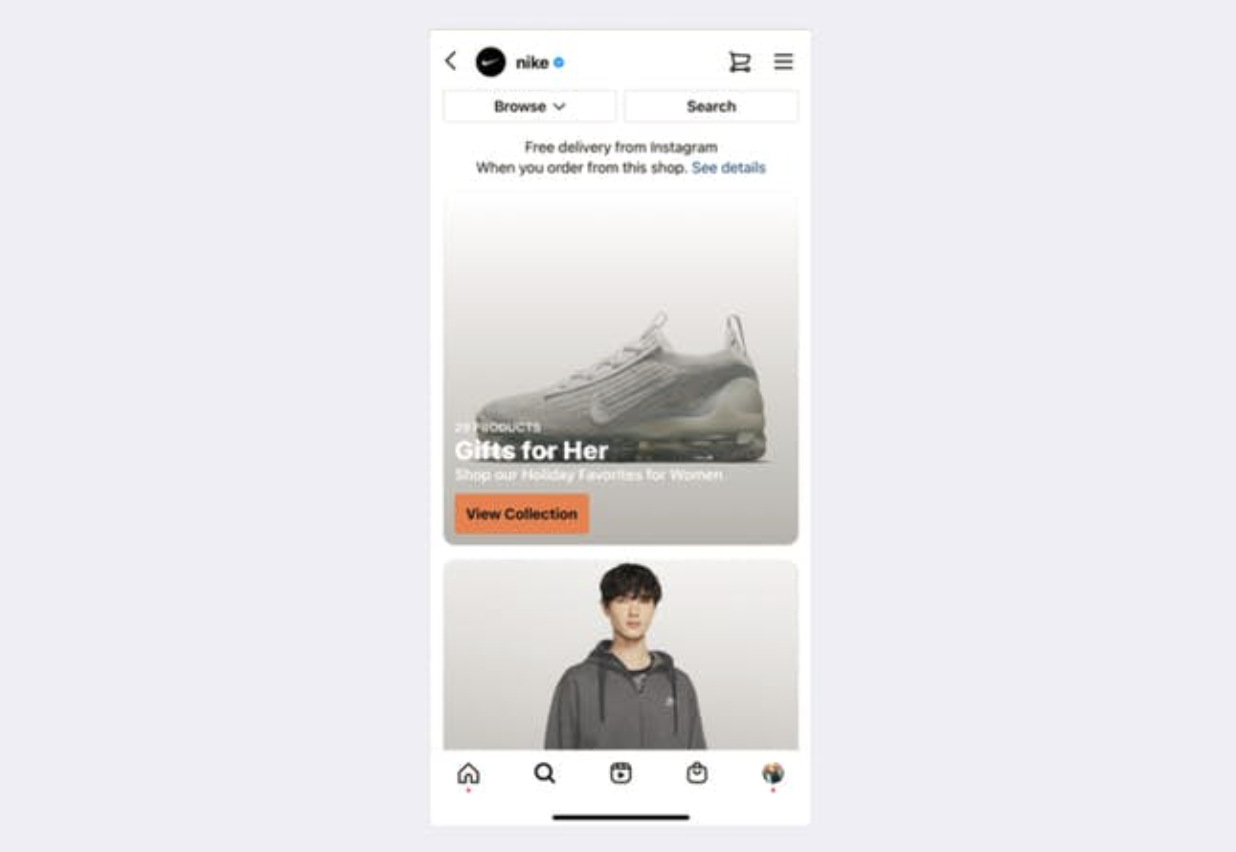Social Commerce on the Rise
The trend of selling directly through social media is growing globally. A frictionless and focused customer experience, in which users can discover, research, and buy without leaving social media, is a powerful strategy for increasing sales.
As key platforms improve their shopping and checkout features, the social media industry is preparing for an acceleration of social commerce growth. The data from Statista shows that 11% of social media users bought a product immediately after discovering it, while 44% made a purchase later.
Covid-19 has accelerated social commerce as well, with many users researching and making purchases with platforms like Instagram and TikTok. Social commerce buyers increased to 80 million in 2020, according to Emarketer's 'Social Commerce 2021' report. By 2022, the number will increase to 96 million.
Platforms such as Instagram are also making plans to increase in-app purchases by offering features such as saving payment details and simplifying check-out pages.
Take a look at how social commerce can help your business drive sales and revenue.
Social commerce: how does it work?
When it comes to selling physical goods, integrating social commerce into your strategy is essential. There is no barrier to purchase, such as slow website loading times and lengthy user journeys.
Many social media purchases are driven by impulse buying, especially if the price is right. The average value of online orders referred through social media was $81.05 in Q2 of 2021, according to Statista.
When a user sees an item they want to purchase, such as a pair of sunglasses, they click 'shop now' or 'buy now' to complete the purchase. Prices, descriptions and delivery information will all be available within the social platform, so there is no need to go to the retailer's website.
The combination of user-generated content, generated by customers and influencers, and social commerce tools such as shoppable tags and links leads to an increase in impulse purchases. This increase is driven by lifestyle and emotions. Users seek social proof that the products are well-made, credible and recommended by people they respect or admire.
What platforms support social commerce?
Statista predicts that 8 of 10 US businesses will sell via social media in the next three years, highlighting the value of these outlets as a sales channel.
Social commerce is currently available on Facebook, Instagram, TikTok, and Pinterest. In 2022, YouTube is also testing capabilities of adding shoppable tags and links to video content.
Social media users can create shops if they use a professional account. You can change this setting from the settings menu of your personal account.
Facebook and Instagram have similar social commerce features; you can tag items from your shop in photos and videos. Instagram's Reels and Stories both have this feature.
Instagram example of hovering
When people see your products in your posts, they can select those tags to get details about the products, including their names and prices. By clicking on these tags, they will be taken through to your shop where they can find out more, and purchase. See below for an example of hovering providing product information on Instagram.
Users will currently be able to purchase the product on your website - but Meta is currently testing in-app purchases in the US. A product can be tagged when you create a new post or when you edit an existing post. There is no limit to how many products can be tagged in a post, but this would appear cluttered and complex, so no more than 10 tags are recommended.
Social commerce brands
'Not on the High Street' tags products within its Facebook posts using Facebook shopping.
As a result, brands can easily show seasonal items around key retail dates like Easter, Christmas, Mother's Day, and Ramadan, while also allowing customers to see pricing and find their exact landing pages.
Not on the High Street, Ramadan gifts
Scandiborn Instagram
Scandiborn shares customer UGC in posts and stories by using shopable tags on Instagram. They can show potential customers how their products look in a lifestyle setting.
Social commerce is suitable for whom?
Social commerce is limited to selling physical products, so events, digital products, and services aren't eligible. Meta is testing in-app purchases on Horizon Worlds, its social virtual reality app.
Businesses that wish to sell on social media sites must also follow their own merchant guidelines. Social media cannot be used to sell the following items:
alcohol
some healthcare products
digital products
event tickets
subscriptions
Google will let you know what the merchant guidelines are for each social media network.
The largest category for social commerce is apparel/accessories, but consumer electronics, cosmetics, home decor, and consumer goods are also important.
According to eMarketer, brands with "new products and/or aspirational imagery are well suited to social commerce environments".
Sometimes, an item may be rejected by a social media platform because of changed rules or errors in algorithms picking up certain words in product descriptions. The platform will notify you if a product is rejected and will not be listed in your shop. They will also offer an opportunity to appeal the decision.
How can I optimize my social shop to attract more customers?
As soon as you've installed social commerce, you should consider how to optimize your shop to encourage more visitors, and how to convert followers into customers. Below are some tips for optimizing your social shop:
Make your social shop look good - A good first impression is essential to building trust and credibility. Focus on keywords and descriptions. All of your products should have short, searchable descriptions. In addition to your product description, upload at least four high-resolution images, and lifestyle images work best.Think about creating collections or groups of items - Make sure your shop is easy to navigate and explore, particularly ahead of key seasonal events such as Christmas, Mother's Day, Black Friday, etc. By using categories within its shop called Collections, Nike has done this very well on Instagram. These are titled 'Gifts for Him' and 'Gifts for Her', making their products easy to find ahead of key holiday gifting seasons.
Shoppable tags should be integrated into organic content, not just a separate tab. Create social proof in your brand with UGC along with shoppable tags. Provide valuable and interesting content to make your shop more appealing to customers.
Nike collections on Instagram
Starting a social commerce business
As a first step, review which platforms you'd like to use for social commerce and determine if your products meet the platform's requirements.
Create your social shops if your products are eligible, taking care to create attractive, easily navigable social shops with plenty of product detail. Consider leveraging your organic content as well as influencers and advertising to gain new followers, and all-important conversions into sales.
Consumer behavior online suggests that since the global Covid-19 pandemic began, online shoppers are more willing to try new ways to shop. Several social media platforms are investing heavily in ways to integrate social commerce into their experiences. Consider your social commerce offering sooner rather than later if you are looking to increase product sales.
Learn more about how to have a holistic social media marketing strategies by joining our globally recognised certificate course today - taught by the industry experts!
Source: Digital Marketing Institute





